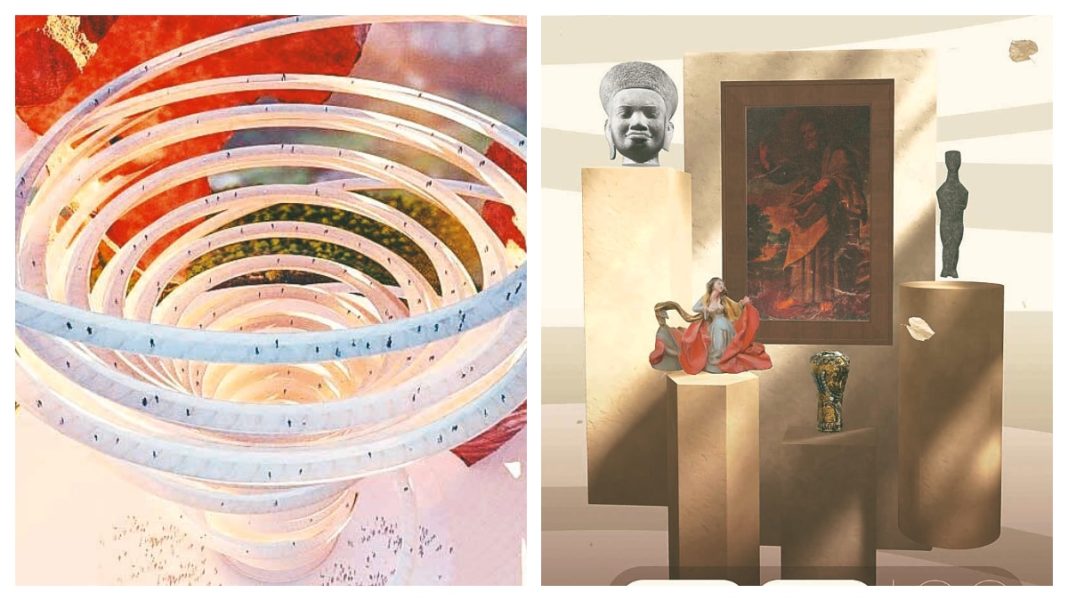UNESCO Launches AI Museum for Stolen Artefacts
UNESCO has launched a groundbreaking digital museum displaying 240 missing artefacts from 46 countries, all restored through artificial intelligence. The innovative platform aims to eventually repatriate these stolen cultural objects to their countries of origin.
Key Takeaways
- Digital museum features 240 AI-restored artefacts from 46 countries
- Designed by Pritzker Prize-winning architect Francis Kéré in baobab tree shape
- Includes searchable galleries for stolen objects and restitution rooms
- Not yet open to public, no launch date announced
Global AI Adoption in Museums
While UNESCO’s initiative is unique in artifact restoration, museums worldwide are increasingly leveraging AI technology. France Museums uses AI for exhibitions at institutions like Louvre Abu Dhabi, applying it across three key areas: visitor assistance, creative purposes, and curation.
Charlotte Clergeau, digital projects officer for France Museums, explains that AI also helps maintain visitor data, though training AI on historical subjects presents unique challenges.
International AI Implementations
Imperial War Museums (UK) partnered with Google and Capgemini to achieve 99% accurate audio and text translations, completing work in weeks that would have taken 20 years manually.
Toledo Museum of Art utilizes AI to accommodate NFT art acquisitions, while Qatar Museums offers AI-guided tours that create personalized routes based on visitor preferences.
India’s Holobox Innovation
On September 17, India unveiled a hyper-realistic AI-powered Holobox of Sardar Vallabhbhai Patel at Pradhanmantri Sangrahalay in New Delhi. The life-size 3D avatar enables realistic interactive conversations with the historical figure, with a similar Holobox of APJ Abdul Kalam expected soon.
Future Museum Security Applications
Following a recent daylight robbery at the Louvre where eight 19th-century jewelry pieces were stolen, including one belonging to French royalty, AI could become the next frontier in museum security enhancement.
Saurab Bhaik, CEO of Tagbin and creator of the Sardar Patel Holobox, wrote extensively about AI’s potential to revolutionize museums through improved visitor experiences, language barrier removal, artifact reconstruction, and data collection.




